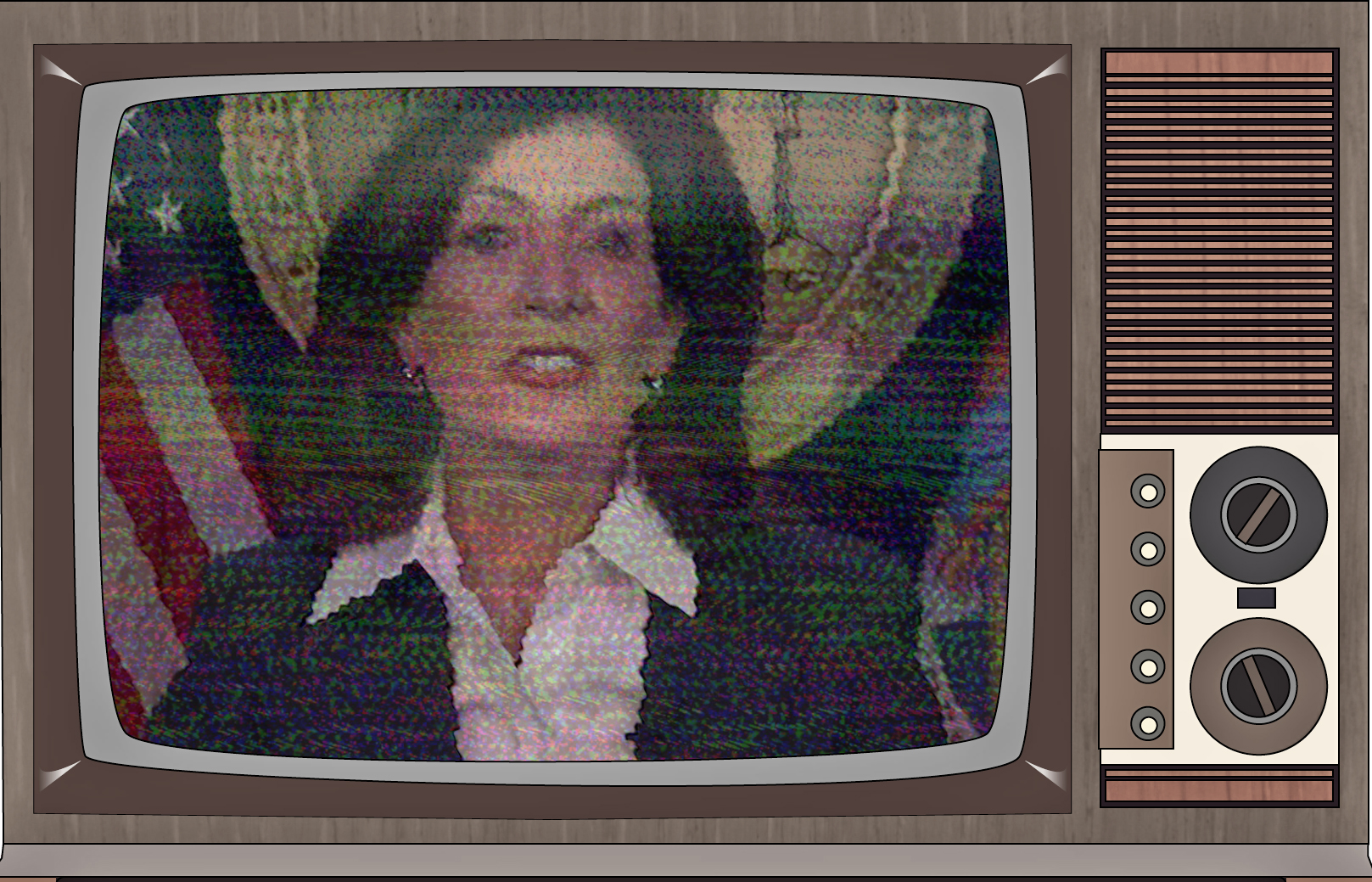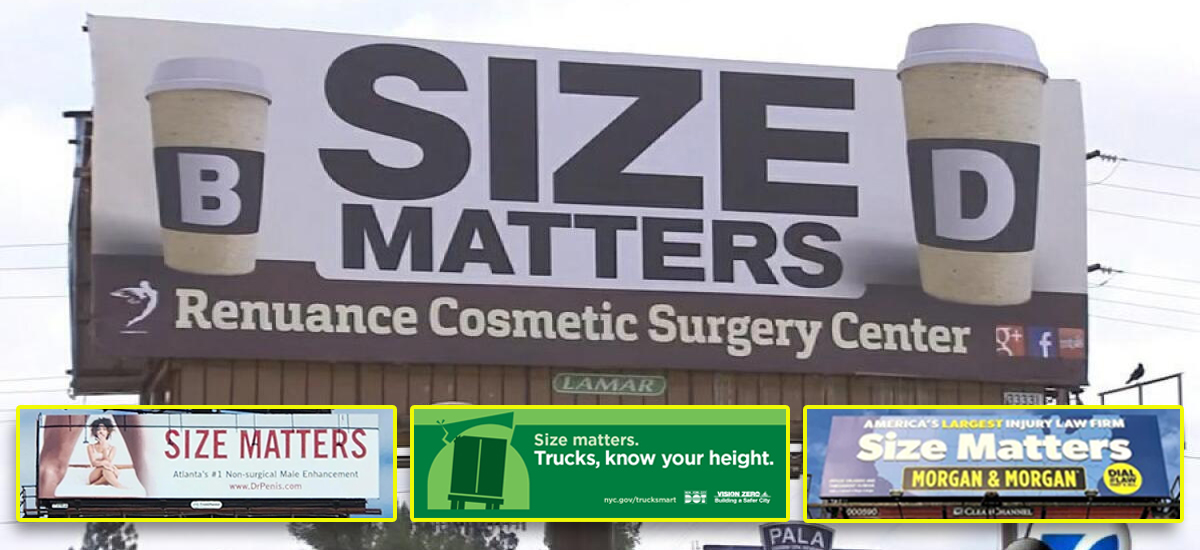Gov. Hochul released a 10-minute, pre-taped video on Wednesday morning explaining her reasoning to call off the long-awaited congestion pricing charge, euphemistically titled "Addressing Affordability and the Cost of Living in New York."
The state's chief executive trotted out dubious claims about how the charge for drivers to enter Manhattan's central business district would "undercut" the city's recovery from the pandemic, while giving no specifics about how she planned to raise money for the MTA or reduce the Big Apple's crippling gridlock.
We took a closer look at Hochul's key arguments for caving on one of the most important policy changes in the city's recent history.
'Circumstances have changed'
"Circumstances have changed and we must respond to the facts on the ground — not from the rhetoric from five years ago. ... Anyone walking through Midtown Manhattan or riding the subway, they have seen it: streets and train cars are crowded Tuesday to Thursday, but much less so on Monday and Friday."
This is misleading: It's true that fewer New Yorkers are riding transit compared to 2019, and that more people still choose to work remotely some days a week, but car traffic has come roaring back and already exceeds pre-Covid rates.
The MTA's Bridges and Tunnels counted 5.7 million car trips in 2023, up 1.7 percent from 2019 — and this year's numbers continue to increase. The Port Authority's vehicle crossings have also remained steadily at or above pre-pandemic levels.
Bridge and tunnel traffic for Port Authority facilities was up over 2019 levels last year, as were air travel and ports, according to the PA's 2023 review.
— Kevin Duggan (@kduggan16) March 21, 2024
Mass transit numbers on the PATH still lag at only at 61% of pre-Covid numbers, which the PA attributes to hybrid work pic.twitter.com/Vox1MHIO0X
It only takes a quick stroll through the congestion zone on a weekday evening to see this "recovery" in action.
Hochul is “concerned about NYC’s recovery — with commuting patterns not back to normal post-pandemic”
— Yosef Kessler (@yosefontwo) June 5, 2024
The current commuting pattern… https://t.co/kw74WULu5o pic.twitter.com/LZi0e6RumQ
Bad for the economy
"Our recovery ... is by no means complete. And we cannot afford to undercut this momentum. ... The idea behind congestion pricing is that it will encourage many current drivers to shift to public transit. But there is a third possibility that now poses a greater threat than it did at the program’s inception: Drivers can now choose to stay home altogether, telling employers they need to work fully remote again. Or they might just change their patterns and skip the visits to the city on a Saturday with their family or going out to the theater or a restaurant."
This is misleading: Only about 1.5 percent of commuters into the congestion zone would likely pay the fee, so the negative economic impacts are "minimal," according to the Tri-State Transportation Campaign. On the other hand, the benefits of better transportation infrastructure, up to 20 percent less congestion in downtown Manhattan, and cleaner air would be a boon for everyone, the advocates noted.
With congestion pricing, some 50,000 more people will actually travel into the city's business zone each day thanks to better transit and higher car occupancy rates, longtime expert and Streetsblog contributor Charles Komanoff wrote.
'Let's be real'
"Let’s be real: a $15 charge may not mean a lot to someone who has the means, but it can break the budget of a working- or middle-class household. It puts the squeeze on the very people who make this city go: the teachers, first responders, small business workers, bodega owners.
This is inaccurate: Census figures show that drivers tend to be wealthier than their transit-riding neighbors, and reducing the number of cars also helps riders of the nation's slowest bus system, who tend to be the lowest-income group among any commuter.
When it comes to the "people who make this city go," first responders currently get stuck in gridlock, as FDNY Commissioner Laura Kavanagh recently lamented, and teachers, bodega and other small owners will be able to get where they need to go without the hours lost sitting in traffic.
.@FDNY Commissioner Laura Kavanagh on Manhattan traffic: "It's not just an inconvenience. It matters in life and death. ... There's some places there's so much traffic, you can't even go around it. It doesn't matter if you have lights and sirens. It's just gridlock."… pic.twitter.com/80p9NGMrOJ
— Aaron Donovan (@Aaron_Donovan) May 20, 2024
'A fair shake'
"This decision is about doing what's right for the people who make our city thrive. It's about standing up for the hard-working men and women who get up every single day, do their jobs and just want a fair shake."
This is a red herring: Only 2 percent of working residents in poverty in the outer boroughs drive into the congestion zone — and most of them can get a substantial discount under the proposal, according to a study by the Community Services Society.
No one listens to 'little guy!'
"The little guy who feels no one listens to them. I'm here to say, we are listening. This decision is about you."
This is balderdash: The idea that people haven't been "heard" is even more bizarre given that the MTA has held countless marathon public hearings and completed a nearly 4,000-page environmental assessment over months in the years leading up to congestion pricing.
The environmental assessment for congestion pricing comprised impact on counties as far away as the Massachusetts border to the north and all the way down to the Philly suburbs in the south. Public opinion was sought in all those area, as well as from environmental justice communities and Native American tribes.
'Work to continue working'
"In the coming months, I'll work to continue working with the city, state and federal leaders to ensure we can achieve the objectives of congestion pricing without putting undue strain on already stressed New Yorkers. ... We have set aside funding to backstop the MTA Capital Plan, and are currently exploring other funding sources. We remain fully committed to advancing all the improvements that New Yorkers have been promised."
This is unsupported: Hochul revealed no specifics about how she will fill the billion-dollar hole in congestion pricing revenue the MTA expects to upgrade its aging subways, buses, and commuter rail network, saying only that her team is "exploring" other money sources, and finding "strategies to address congestion."
That already raised concerns among politicians in parts of the city that the MTA promised environmental justice funding, such as the South Bronx House Rep. Ritchie Torres.
The people of the Bronx have a question that has been left unanswered.
— Ritchie Torres (@RitchieTorres) June 5, 2024
The Governor and the MTA promised the Bronx $155 million worth of investments in environmental justice. Does the indefinite delay in congestion pricing mean the loss of those critical investments in the…
It's also questionable what Hochul meant by a "backstop" built into the MTA's spending plans, since the mounting lawsuits has already delayed signal upgrades on several subway lines and threatened to derail others.






